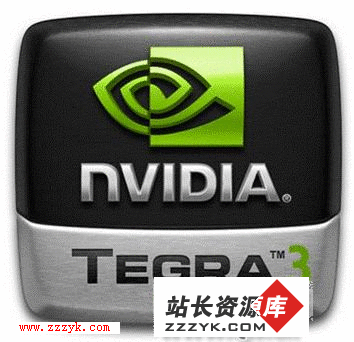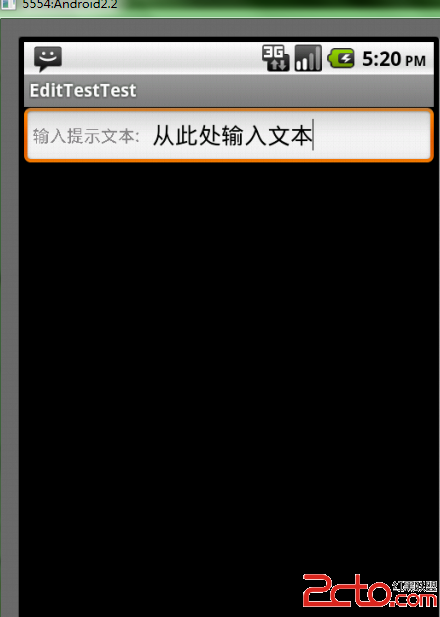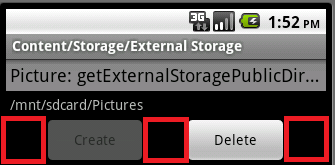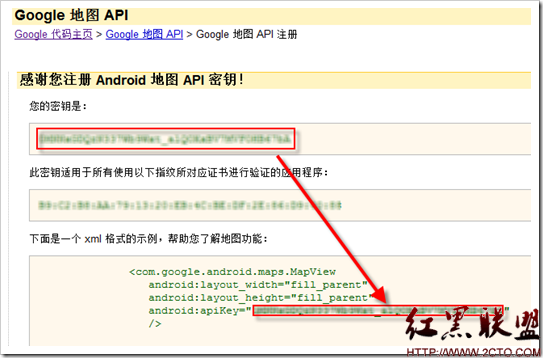[Android开发学习14]Android OpenGL ES 纹理映射之glDrawElements
目标: 为四方体的每个面贴上一张图片,并自动旋转。
一、基础知识:
要实现每个面上贴一张图片,首先需要创建一个纹理,并使用图片来生成一个纹理。
==========================================================================
1.初始化:
IntBuffer intBuffer = IntBuffer.allocate(2);
// 1.允许2D贴图,纹理
gl.glEnable(GL10.GL_TEXTURE_2D);
// 2.创建纹理
gl.glGenTextures(2, intBuffer);
texture = intBuffer.get(0);
// 3.设置要使用的纹理
gl.glBindTexture(GL10.GL_TEXTURE_2D, texture);
// 4.生成纹理
GLUtils.texImage2D(GL10.GL_TEXTURE_2D, 0, GLImage.close_Bitmap, 0);
// 5.线形滤波
gl.glTexParameterx(GL10.GL_TEXTURE_2D, GL10.GL_TEXTURE_MIN_FILTER, GL10.GL_LINEAR);
gl.glTexParameterx(GL10.GL_TEXTURE_2D, GL10.GL_TEXTURE_MAG_FILTER, GL10.GL_LINEAR);
==========================================================================
2.使用:
// 1.清除屏幕和深度缓存
gl.glClear(GL10.GL_COLOR_BUFFER_BIT | GL10.GL_DEPTH_BUFFER_BIT);
// 2.重置当前的模型观察矩阵
gl.glLoadIdentity();
// 3.移动到指定的位置
gl.glTranslatef(0.0f, 0.0f, -5.0f);
// 4.设置3个方向的旋转
gl.glRotatef(xrot, 1.0f, 0.0f, 0.0f);
gl.glRotatef(yrot, 0.0f, 1.0f, 0.0f);
gl.glRotatef(zrot, 0.0f, 0.0f, 1.0f);
texture = intBuffer.get(1);;
// 5.绑定纹理
gl.glBindTexture(GL10.GL_TEXTURE_2D, texture);
// 6.开启顶点和纹理功能
gl.glEnableClientState(GL10.GL_VERTEX_ARRAY);
gl.glEnableClientState(GL10.GL_TEXTURE_COORD_ARRAY);
// 7.纹理和四边形对应的顶点
gl.glVertexPointer(3, GL10.GL_FIXED, 0, vertices);
gl.glTexCoordPointer(2, GL10.GL_FIXED, 0, texCoords);
// 8.绘制0
GLUtils.texImage2D(GL10.GL_TEXTURE_2D, 0, GLImage.iBitmap, 0);
gl.glDrawElements(GL10.GL_TRIANGLE_STRIP, 4, GL10.GL_UNSIGNED_BYTE, indices_0);
// 9.关闭顶点和纹理功能
gl.glDisableClientState(GL10.GL_TEXTURE_COORD_ARRAY);
gl.glDisableClientState(GL10.GL_VERTEX_ARRAY);
==========================================================================
二、实现:
1. 界面编辑:
【res\layout\main.xml】
[html]
<SPAN style="BACKGROUND-COLOR: #999999"><SPAN style="BACKGROUND-COLOR: #333333"><?xml version="1.0" encoding="utf-8"?>
<LinearLayout xmlns:android="http://schemas.android.com/apk/res/android"
android:orientation="vertical"
android:layout_width="fill_parent"
android:layout_height="fill_parent"
>
<TextView
android:layout_width="fill_parent"
android:layout_height="wrap_content"
android:text="@string/hello"
/>
<Button
android:id="@+id/button1"
android:layout_width="145dp"
android:layout_height="wrap_content"
android:text="演示开始" />
</LinearLayout>
</SPAN></SPAN>
<?xml version="1.0" encoding="utf-8"?>
<LinearLayout xmlns:android="http://schemas.android.com/apk/res/android"
android:orientation="vertical"
android:layout_width="fill_parent"
android:layout_height="fill_parent"
>
<TextView
android:layout_width="fill_parent"
android:layout_height="wrap_content"
android:text="@string/hello"
/>
<Button
android:id="@+id/button1"
android:layout_width="145dp"
android:layout_height="wrap_content"
android:text="演示开始" />
</LinearLayout>
2.代码编辑:
【\src\com\yarin\android\Examples\Activity01.java】
[java]
package com.yarin.android.Examples_12_05;
import java.io.IOException;
import java.io.InputStream;
import javax.microedition.khronos.opengles.GL10;
import android.app.Activity;
import android.content.res.Resources;
import android.graphics.Bitmap;
import android.graphics.BitmapFactory;
import android.opengl.GLSu易做图ceView;
import android.opengl.GLUtils;
import android.opengl.GLSu易做图ceView.Renderer;
import android.os.Bundle;
import android.view.View;
import android.widget.Button;
public class Activity01 extends Activity
{
Renderer render = new GLRender();
GLSu易做图ceView glView;
Button start; // 演示开始
/** Called when the activity is first created. */
@Override
public void onCreate(Bundle savedInstanceState)
{
super.onCreate(savedInstanceState);
GLImage.load(this.getResources());
glView = new GLSu易做图ceView(this);
glView.setRenderer(render);
setContentView(R.layout.main);
start=(Button)findViewById(R.id.button1); // "演示开始"按钮初始化
start.setOnClickListener(new View.OnClickListener() {
@Override
public void onClick(View v) {
// TODO Auto-generated method stub
setContentView(glView);
}
});
//setContentView(glView);
}
}
class GLImage
{
public static Bitmap iBitmap;
public static Bitm
补充:移动开发 , Android ,




